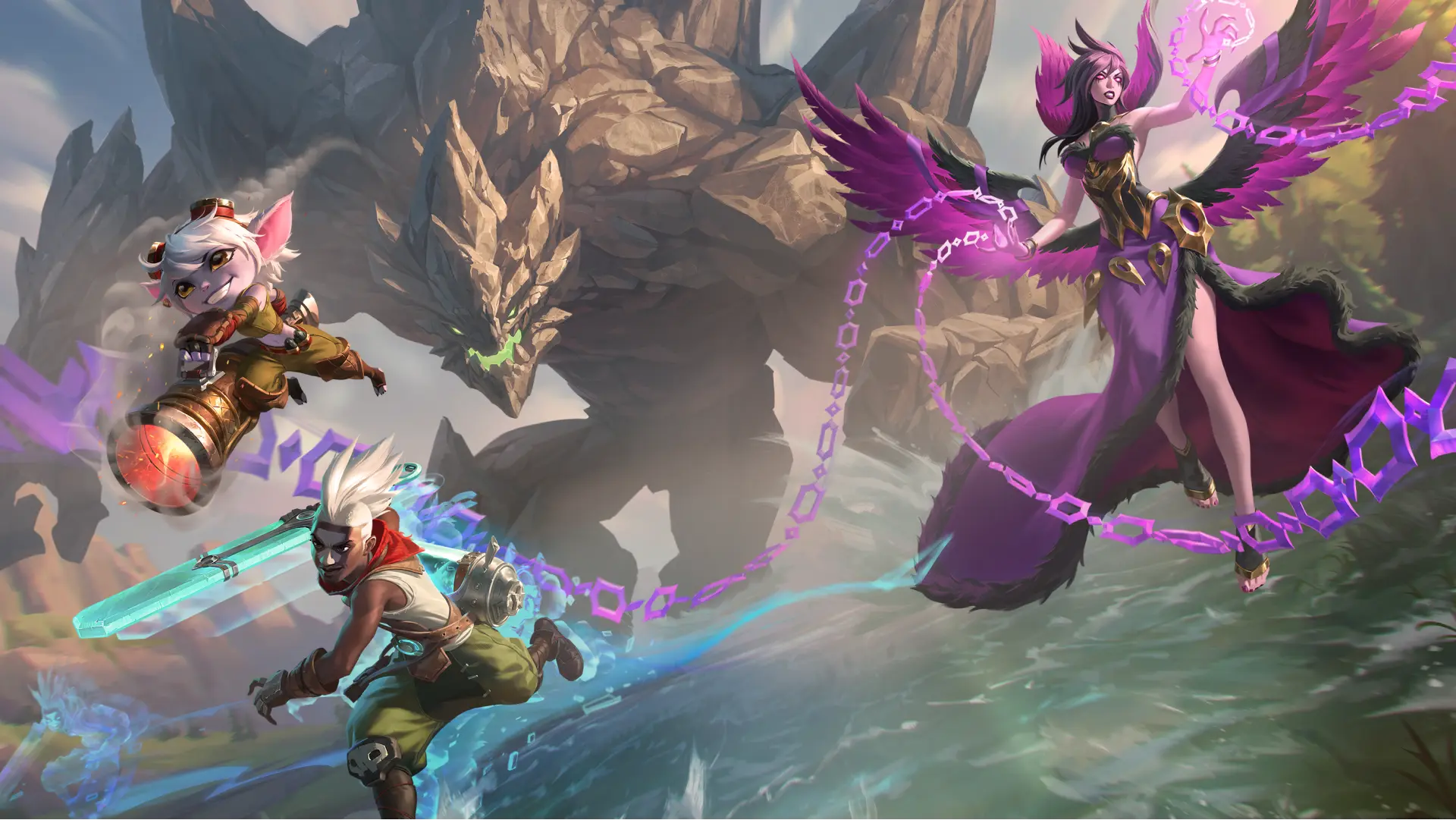In the realm of video games, game difficulty levels play a pivotal role in shaping the player's experience. From casual gamers to hardcore enthusiasts, everyone has different preferences when it comes to how challenging their gaming session should be. This article delves into the various types of difficulty settings found in games and examines their impact on gameplay.
What Are Game Difficulty Levels?
Game difficulty levels refer to the various settings that determine how challenging a game is for players. Usually, these settings range from easy to hard, but many modern games offer several additional options. Adjusting these levels can not only affect the gameplay mechanics but also dramatically alter the player's overall experience.
Common Types of Difficulty Settings
Developers often categorize difficulty into several standard levels:
- Easy: Designed for newcomers, this setting allows players to learn mechanics without fear of failure.
- Normal: This is usually the standard setting and is balanced for average players, providing a moderate challenge.
- Hard: Aimed at experienced players, this setting requires sharper skills and strategic thinking.
- Expert: Often the highest level, where players face maximum challenges, testing their limits.
- Custom: Some games allow players to adjust specific parameters, which can create a unique experience tailored to their abilities.
The Impact of Different Difficulty Levels
Understanding the impact of difficulty levels is crucial for both game developers and players. Here are several factors to consider:
1. Player Engagement
A well-balanced difficulty can increase player engagement. If a game is too easy, players may lose interest. Conversely, a game that's too challenging can lead to frustration.
2. Learning Curve
Difficulty levels can shape the learning curve of a game. An easy setting allows players to grasp the basics before advancing to harder levels.
3. Replay Value
Games that offer various difficulty settings often have higher replay value. Players may want to re-experience the game on a harder difficulty, adding a fresh challenge.
Difficulty Settings in Popular Games
Many popular games have implemented unique difficulty levels that cater to various player types:
- The Dark Souls Series: Known for its punishing difficulty, it awards players who persevere.
- The Legend of Zelda: Breath of the Wild: Offers choices that allow varied gameplay experiences from casual to hardcore.
- Super Mario Odyssey: Generally family-friendly but includes hidden challenges for advanced gamers.
Player Psychology and Difficulty Levels
The psychology of players varies significantly with different difficulties. Games that provide a sense of accomplishment play strongly on players' emotions. When players face and overcome challenges, they often experience satisfaction.
Specific Examples of Difficulty Settings
Some games incorporate specific mechanics tied to their difficulty level:
- In First-Person Shooters (FPS), easier modes might provide more health and reduced enemy accuracy.
- For Role-Playing Games (RPG), difficulty settings might alter enemy health and experience earned per battle.
Conclusion
Understanding game difficulty levels helps both players and developers create a more fulfilling gaming experience. By considering how different settings impact engagement, learning curves, and overall enjoyment, developers can design games that cater to an array of skill levels. With the right balance, players can enjoy challenging yet rewarding gameplay that keeps them coming back for more.
For further reading on this topic, visit Gamasutra and explore game design and player psychology articles.
Also, consider looking into Game Informer for news on the latest titles that are pushing the boundaries of difficulty settings in gaming.




.webp)

